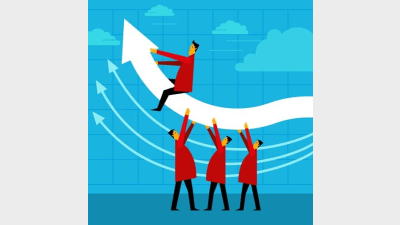How to increase returns using DAAs



Fund managers can generate an extra three per cent return in bear markets, by simply using a dynamic asset allocation (DAA) and making "bold" choices, according to a IOOF portfolio manager.
IOOF portfolio manager of strategy and international equities, Stanley Yeo, said both their investor returns and fund manager ratings had increased, partly as a result of the DAA strategy which he implemented six years ago.
"We've added about one per cent per annum, over the last three years...through DAA and two per cent through manager selection in managers that outperform", said Yeo.
He said, with historical low returns in the market, DAA's were "a value-add" as they provided another way of generating alpha, he said.
Since the global financial crisis (GFC) more and more fund managers were using DAAs to manage their portfolios.
It involved constantly shifting the asset allocation as market conditions change, so when assets were expensive, a DAA would lead us to sell out, and then and buy into cheaper ones, said Yeo.
It "adds a lot of value" and was "an active way of portfolio management, from a top down perspective" and aimed to generate extra returns in extreme markets, said Yeo.
The DAA was a "deviation from a strategic asset allocation", which was traditional a longer term "set and forget" strategy, Yeo said.
"One of the [DAA] opportunities we are looking at is whether we go overweight or investing more in emerging markets as they are looking particularly cheap….but we are treading cautiously" he said.
Yeo also said they were looking to invest in fewer bonds, not only as they were expensive but over purchased.
He also said as IOOF was not afraid to "be bold" and "act before others did", and often be the first "seed" investor of a fund, IOOF generated an extra two per cent return for investors.
However some funds generated for, for example, "The Australian Equities Boutique Manager Portfolio (where we invest in managers in their early stages) outperformed the Australian equities index by about 10 per cent over the last year", he said.
"We backed managers in their early stages", instead of doing what most multi-managers did such as "waiting for a three year track record", said Yeo.
Recommended for you
Global asset manager Janus Henderson could be acquired after receiving a non-binding acquisition proposal jointly from a private investment firm and venture capital firm.
Investment manager Salter Brothers has partnered with private equity firm Kilara Capital to launch an Australian sustainable investment platform focusing on decarbonisation.
Fresh off launching three active ETFs to the Australian market, Avantis Investors is already planning to expand its range with two further products next year.
Ausbil is growing its active ETF range with an ESG product in collaboration with sister company Candriam.











